Gajanan Jagirdar
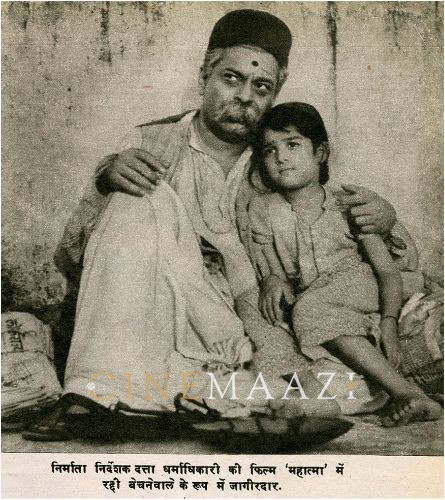
Subscribe to read full article
This section is for paid subscribers only. Our subscription is only $37/- for one full year.
You get unlimited access to all paid section and features on the website with this subscription.
Not ready for a full subscription?
You can access this article for $2 , and have it saved to your account for one year.
- Born: 2 April 1907 (Amravati, Maharashtra)
- Died: 13 August 1988 (Mumbai)
- Primary Cinema: Hindi
In his many facets as actor, director, lyricist, and writer, Gajanan Jagirdar’s name is foremost among those who laid a strong foundation for Indian cinema at its very outset.
Jagirdar was born on 2 April 1907 in Amravati, Maharashtra. Interested in theatre at a very young age, as a college student Jagirdar started travelling to different cities as a theatre actor. With his proficiency in various languages like Marathi, English, Hindi, and Urdu, Jagirdar was employed as a schoolteacher on completion of his Master's degree, but theatre still held almost the entirety of his attention. He acted in prestigious plays such as Harindranath Chattopadhyay's Returned From Abroad and an adaptation of Chekhov's The Cherry Orchard.
Unable to continue in his job any longer, when Gajanan quit teaching, he met the filmmaker V Shantaram and started working as his assistant. His entry into the world of cinema was in the capacity of a writer of English intertitles at Prabhat, and later as a speech coach helping actors with their pronunciation. When V Shantaram was in the process of making Jalti Nishani (1932), in both Marathi and Hindi, he ran into some problems. During the shooting for the Hindi-language version, the actor Pahelwan could not pronounce dialogues properly. At the end of his tether, Shantaram told Jagirdar to get into makeup and play the role himself. He also assisted Bhalji Pendharkar in a few films. In his role as a scriptwriter for Minerva Movietone's, he scripted the films Meetha Zahar (1938) and Talaq/Divorce (1938) as well.
Incidentally, this meant that the 25-year-old Jagirdar’s first appearance onscreen had him playing a septuagenarian. His turn as an old man impressed Shantaram so much that he cast him again in a similar role in the vastly popular film Shejari (Padosi in Hindi, 1941). Whie at Prabhat, he also started writing English intertitles for the films, as well as giving the other actors training in Urdu dialogue delivery.
With the 1934 film Sant Tulsidas, Jagirdar received his first opportunity to write lyrics for 13 songs. With his prior experience in theatre direction, he made an easy transition into directing and acting for the screen. He made his directorial debut with Sinhasan (1934), and went on to direct the two acclaimed films Begunah (1937) and Vasantsena (1942). With Ramshashtri (1944), Jagirdar reached his pinnacle as both actor and director. Throughout his career, Gajanan Jagirdar worked with films in both Hindi and Marathi. He also worked in Prabhat's Lokmanya Tilak following which the famous studio shut its doors. The films Mahatma (1953) and Shahir Parshuram (1961) also proved to be failures.
Another well known performance by him was the double role he played in Asit Sen's Apradhi Kaun? (1957). He played the brothers Srinath and Dinanath., displaying great flexibility as an actor.
Noting his extensive knowledge regarding the different aspects of filmmaking, Gajanan Jagirdar was made the principal of the Film and Television Institute of India in Pune in 1960. However, he handed in his resignation within the next two years. Following this, Jagirdar continued to act in character roles in films like Hum Dono (1961), Guide (1965), Des Pardes (1978) and Umrao Jaan (1981). Towards the end of his film career, Jagirdar appeared in Sutradhar (1987) and Pyase Nayan (1989). He also wrote two autobiographies published in 1971 and 1986. He also authored a book on the carft of acting which explored the importance of Konstantin Stanislavsky's method. Gajanan Jagirdar passed away on 13 August 1988.
-
Filmography (81)
SortRole
-
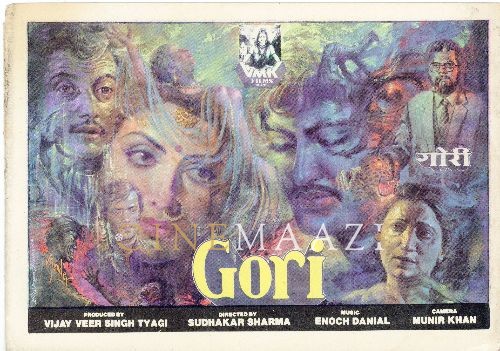
Gori 1992
-
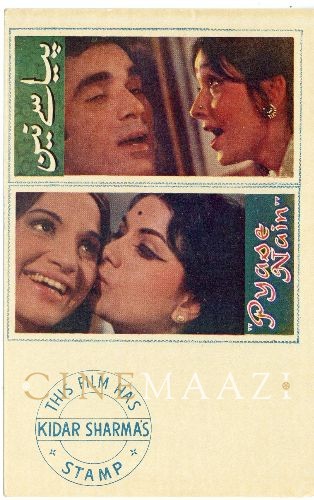
Pyase Nain 1989
-

Faisla 1988
-
Sutradhar 1987
-

Aap Ke Sath 1986
-

Maan Maryada 1984
-

Lal Chunariyaa 1983
-
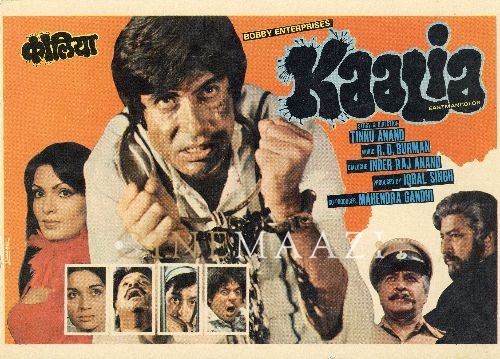
Kaalia 1981
-

Umrao Jaan 1981
-
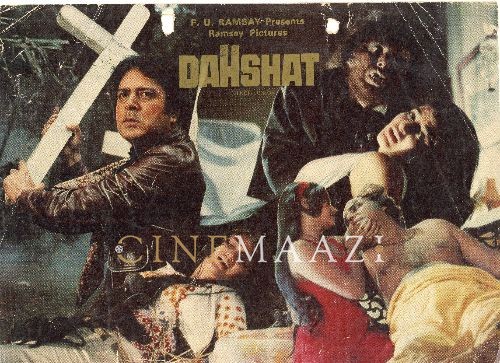
Dahshat 1981
-
Dostana 1980
-






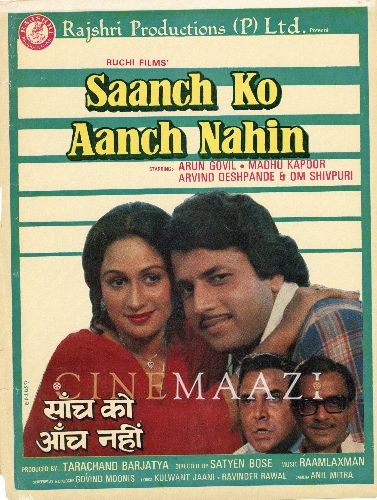

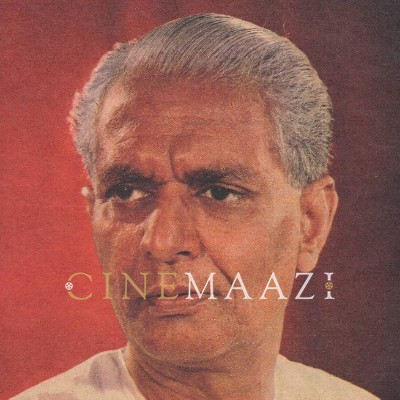
.jpg)



